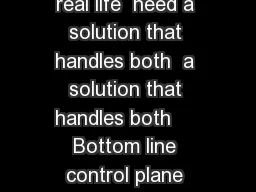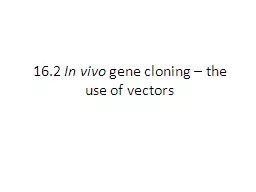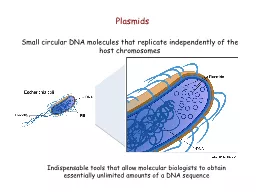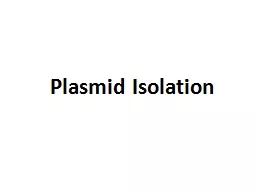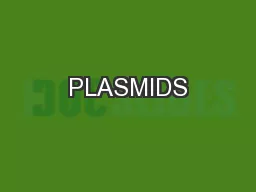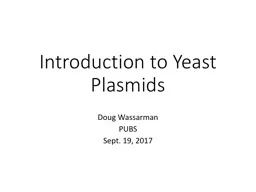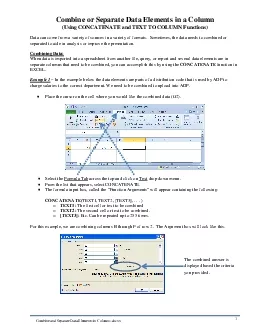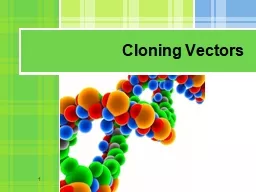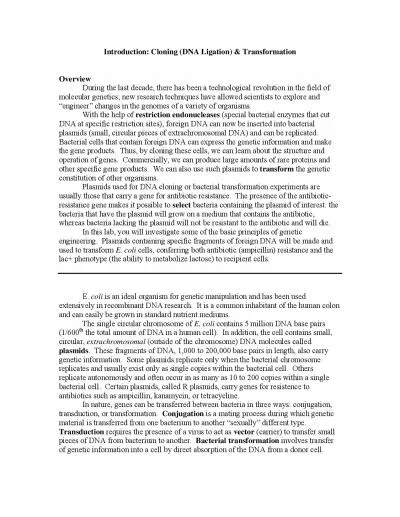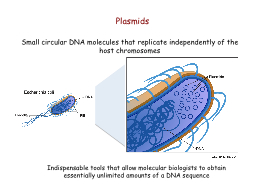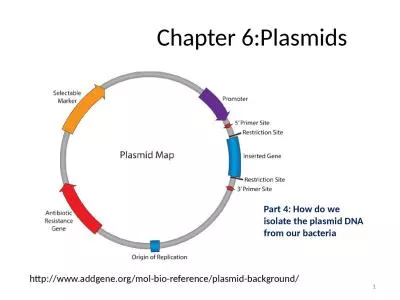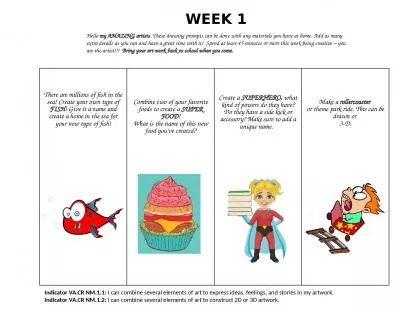PPT-Many vectors combine elements from both plasmids
Author : dora | Published Date : 2024-01-03
and phages and are known as phasmids or if they contain an M13 ori region phagemids 1 Phagemid vectors are plasmids having a small segment of a filamentous
Presentation Embed Code
Download Presentation
Download Presentation The PPT/PDF document "Many vectors combine elements from both..." is the property of its rightful owner. Permission is granted to download and print the materials on this website for personal, non-commercial use only, and to display it on your personal computer provided you do not modify the materials and that you retain all copyright notices contained in the materials. By downloading content from our website, you accept the terms of this agreement.
Many vectors combine elements from both plasmids: Transcript
Download Rules Of Document
"Many vectors combine elements from both plasmids"The content belongs to its owner. You may download and print it for personal use, without modification, and keep all copyright notices. By downloading, you agree to these terms.
Related Documents


